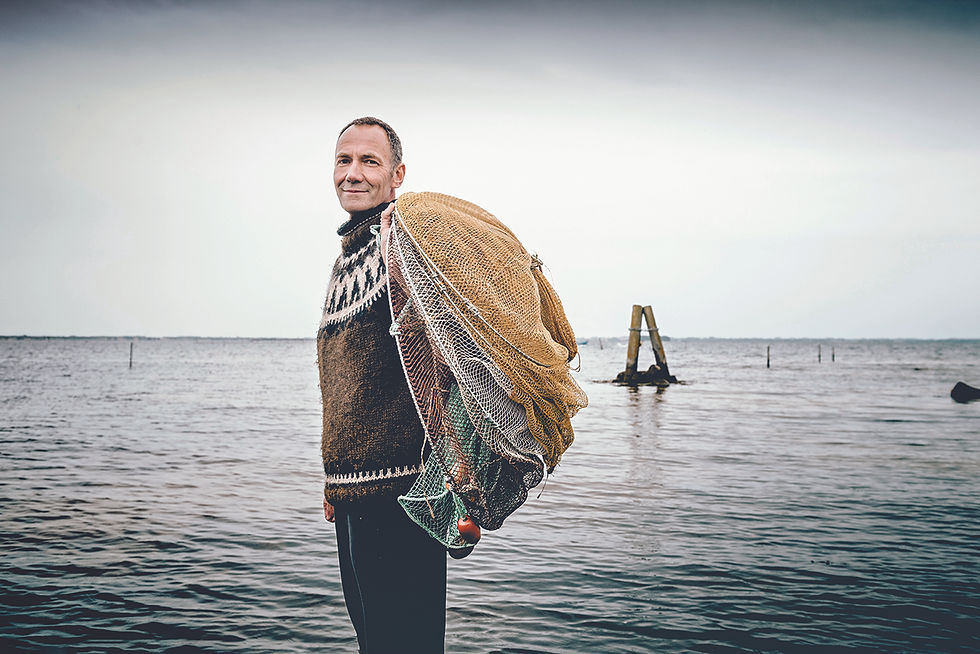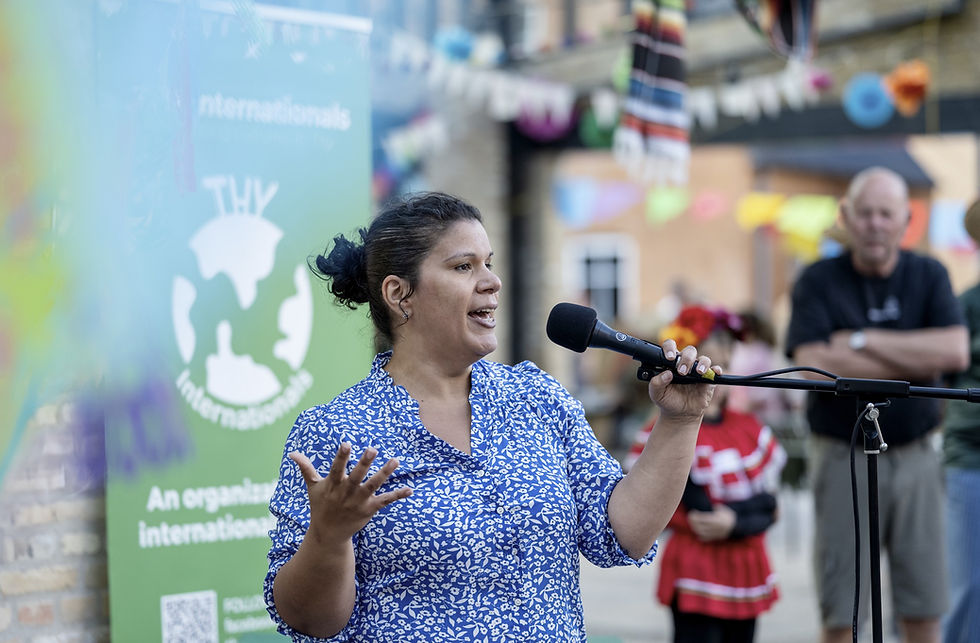Lolland’s past, present and future
- The International
- Aug 2, 2021
- 3 min read

Lolland’s history with internationals is deeply rooted. Monika Pedersen takes us on a journey of the area.
Picture: VisitDenmark - Richard Clark
We commonly hear the phrase ’history repeats itself’, which often has negative connotations, but this is not the case when talking about Lolland. The area has had strong international connections in the past. But now, due to the Fehmarn Belt and other opportunities, internationals are migrating back to the area again.
Days gone by, Lolland was spelt ‘Laaland’, meaning ‘low land’. It is the fourth largest island, covering 1,243 square km, with approximately 60,000 residents, and located at the southern tip of the Zealand region.
In prehistoric times, it was, in fact, physically connected to Germany. These links remain, with a healthy traffic of locals, Germans, and other nationalities travelling back and forth via the Rødby to Puttgarden ferry link. Thus, the area draws a sizeable number of visitors to our shores.
Agricultural backbone
Lolland is blessed with rich soil and, as such, has a long history of agriculture. The island was initially divided into 45 estates that each sold their specialities. This is still, in part, true today with goat and sheep cheese heralding from Knuthenlund, cherry wines from Frederiksdal, and craft beers from Krenkerup, which has, in fact, been home to the same Danish family since 1367. In addition, there are sweet apples and pears from the tiny sister island, Fejø, just to mention a few gastronomic delights. There is a steady tourist business including summer house hire, especially from our German neighbours. However, the backbone of industry has been and continues to be wheat, rapeseed, and sugar beet farming.
The sweet beet industry has deep roots with Polish seasonal farm workers. They supported Denmark in elevating its sugar production, which has resulted in a lucrative sugar industry. First arriving in 1870, it was hard, physical labour that paid little but provided steady work from April to December. The workers were housed in barracks and had a simple existence. However, in 1908, a law improved working conditions by ensuring workers were given a standardised contract, certain benefits, and reasonable accommodation conditions. As such, the workers continued to work in Lolland until 1929, and a large number decided to remain long term and integrate into Danish society.
The barracks, known as ‘Polakkaserne’, is now a museum designed by Henrik C. Glahns, a renowned Danish architect, so that the Poles’ legacy and contribution is not forgotten. The Santa Birgitta church in Maribo is also a relic of the roman catholic religious provision for the Poles and churches built in Naskov and Nykøbing.
And it is not only the Polish that has links with Lolland. Lolland stretched its tentacles as far as Asia through its connection with the East Asiatic Company owned by H.N. Andersen, who founded the shipyard in Nakskov.
And it is not only the Polish that has links with Lolland. Lolland stretched its tentacles as far as Asia through its connection with the East Asiatic Company owned by H.N. Andersen, who founded the shipyard in Nakskov. The company was involved in the movement of passengers and freight between Copenhagen, Bangkok and the Far East and the development of large, commercial motor ships. It was one of the biggest shipyards in Denmark and attracted multitudes of workers until its closure in 1987.
In more recent years, Lolland has been famous for erecting the first offshore wind farm, commissioned by Ørsted near Vindeby, which powered 2,200 homes.
New ventures
However, it is the latest two ventures that are bringing internationals back to Lolland. It cannot get more significant than the Fehmarnbelt link, an 18 kilometre long immersed tunnel comprising four lanes of motorway and two electric rail tracks. It will be the world’s longest tunnel of its type. The project’s success relies on the partnership of experts from around the globe.
For this to be viable, Lolland’s municipality, with the support of outside investors and businesses, has built the first public international school in Denmark to provide an educational and communal hub for internationals and locals. The school is founded on diversity, open-mindedness, and community and will provide bilingual education.
So, with new industry, new school, cost-effective housing, plenty of space, and beautiful surroundings, Lolland is set to remerge onto the international stage.









